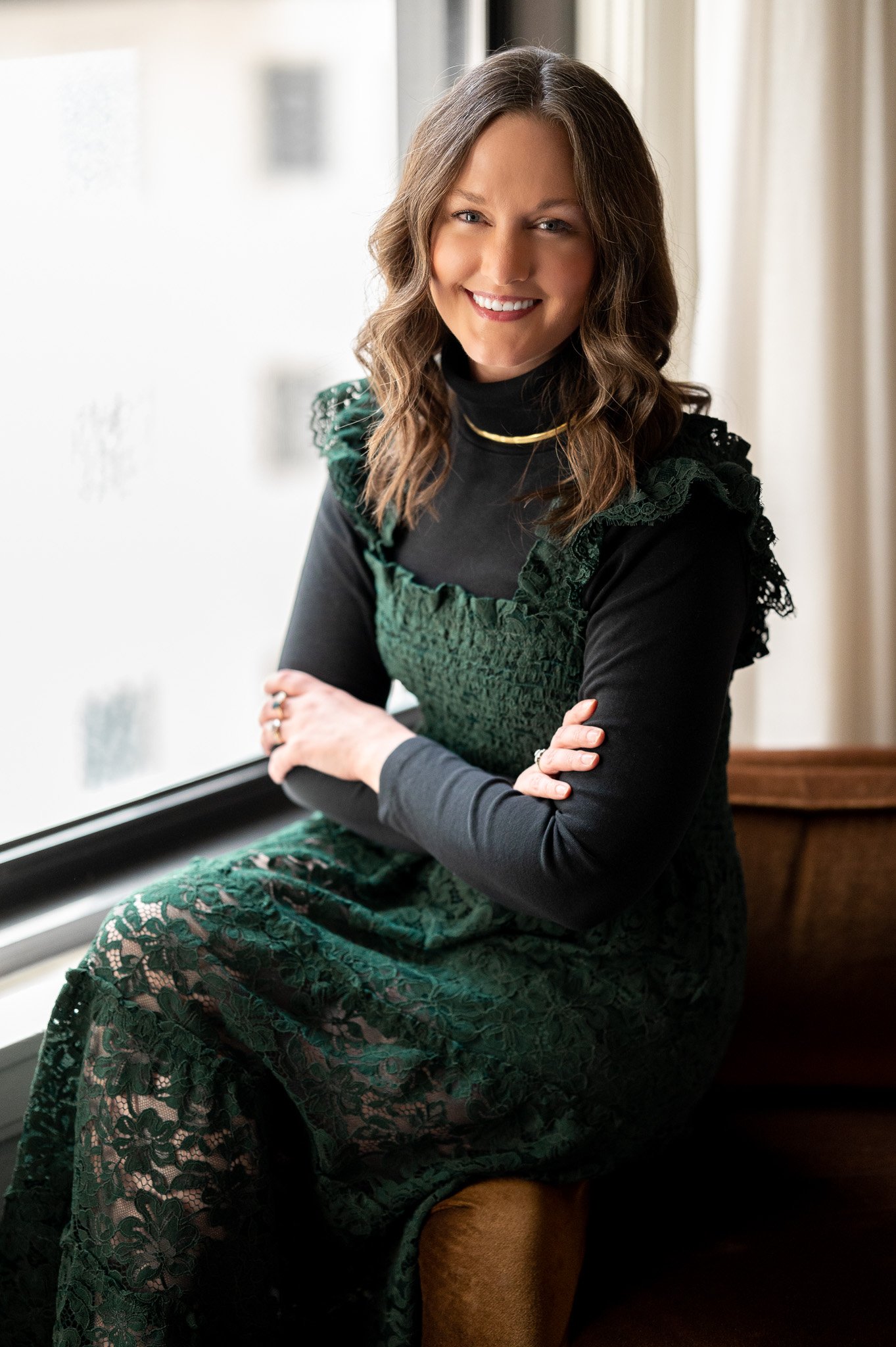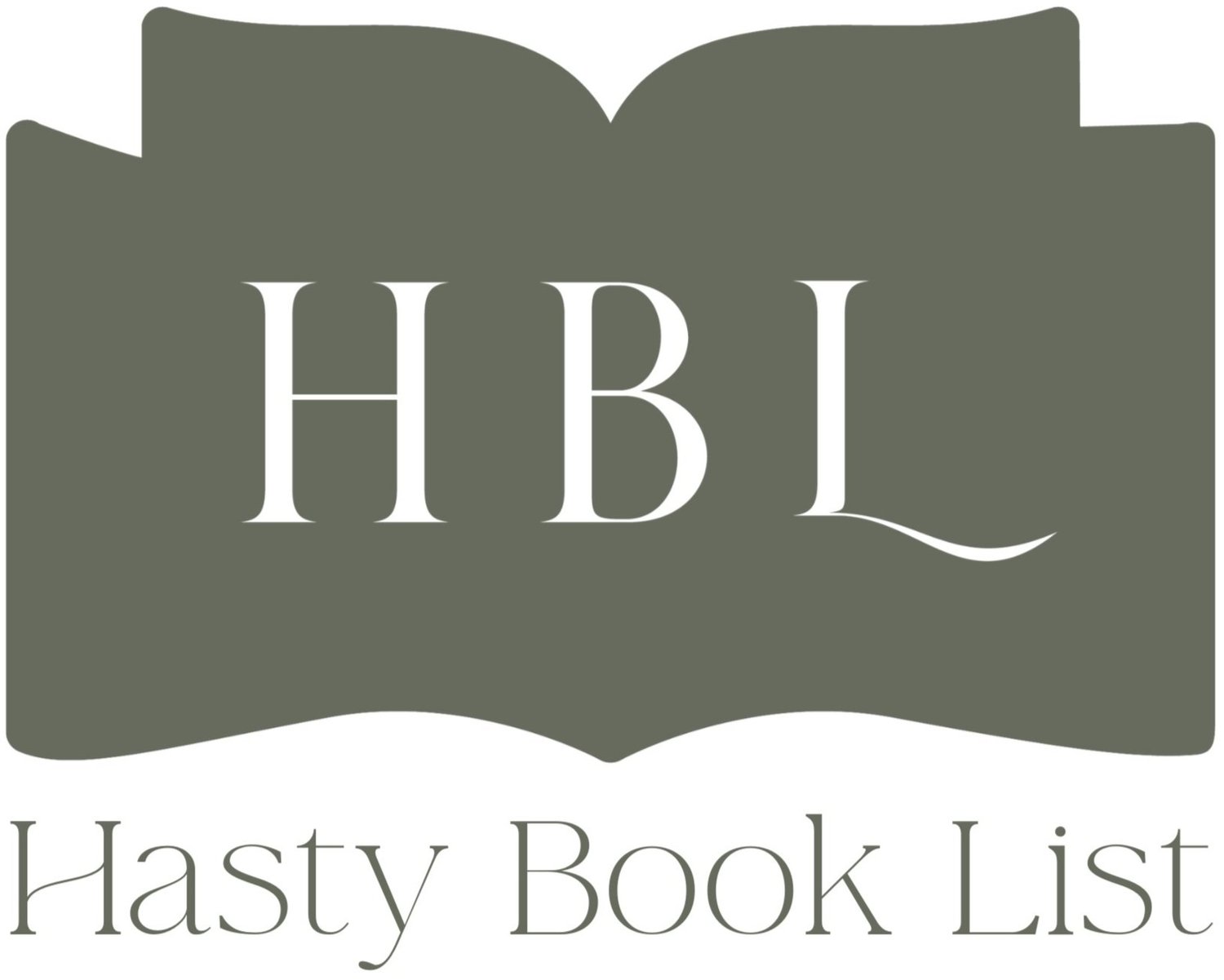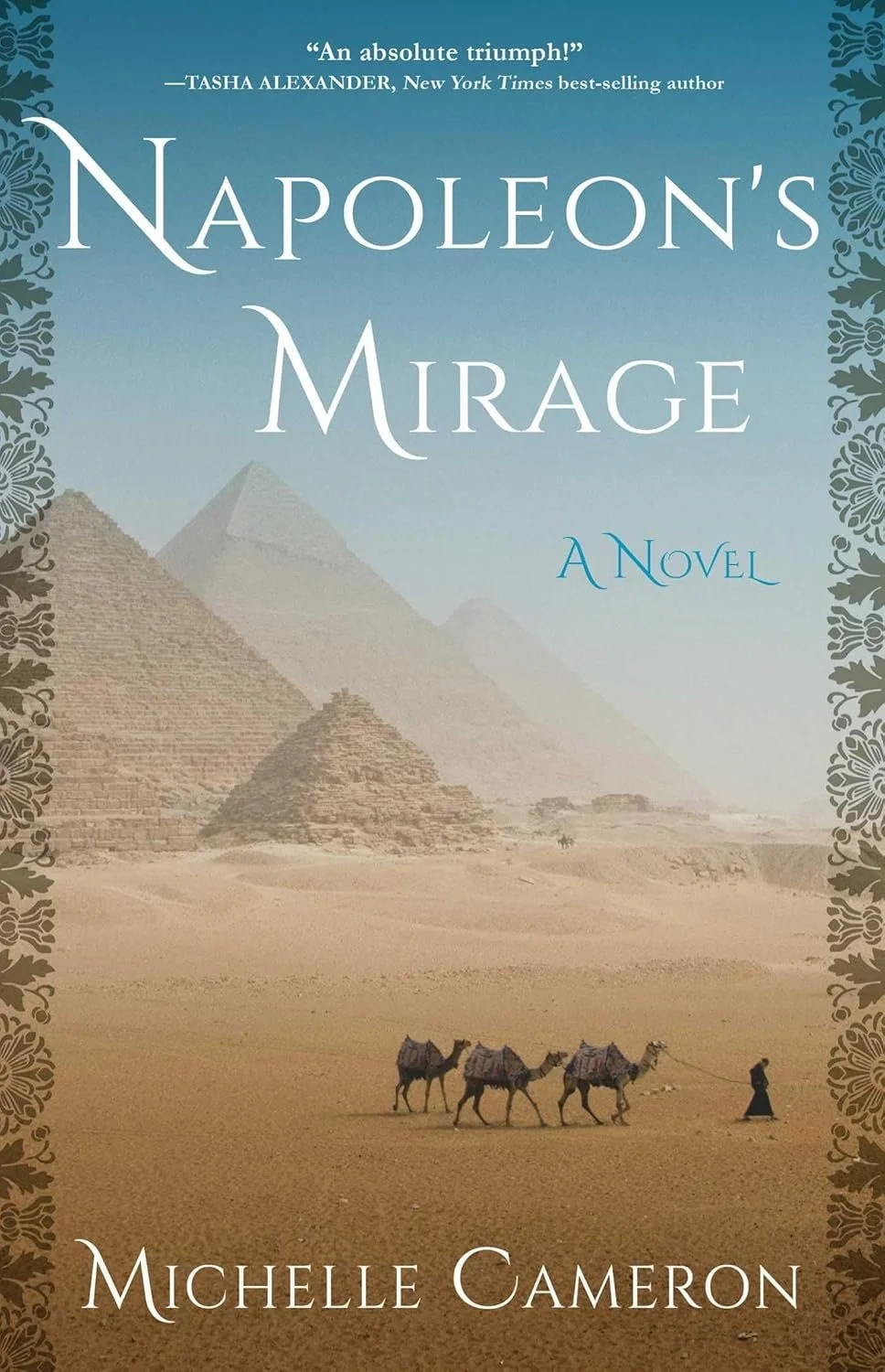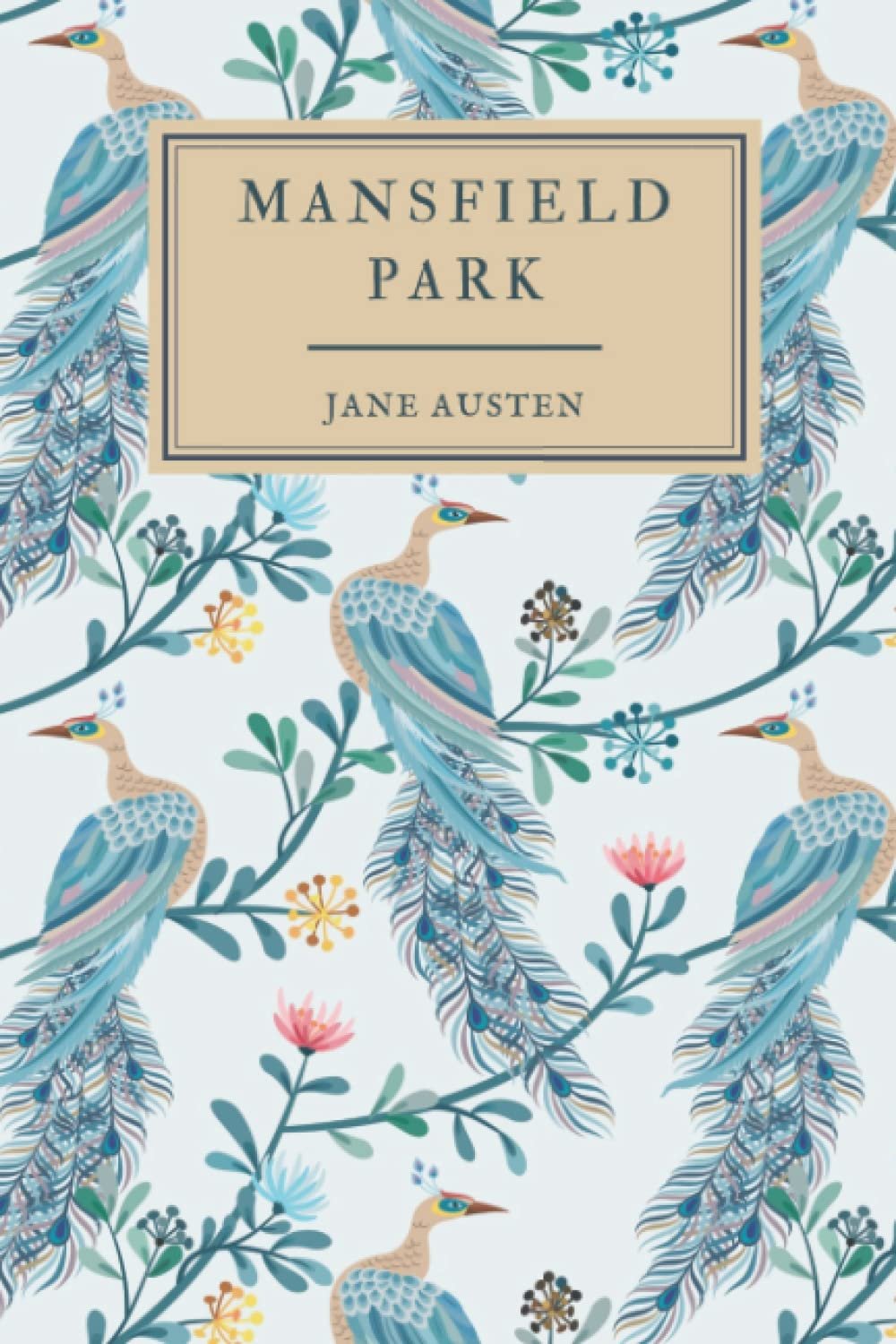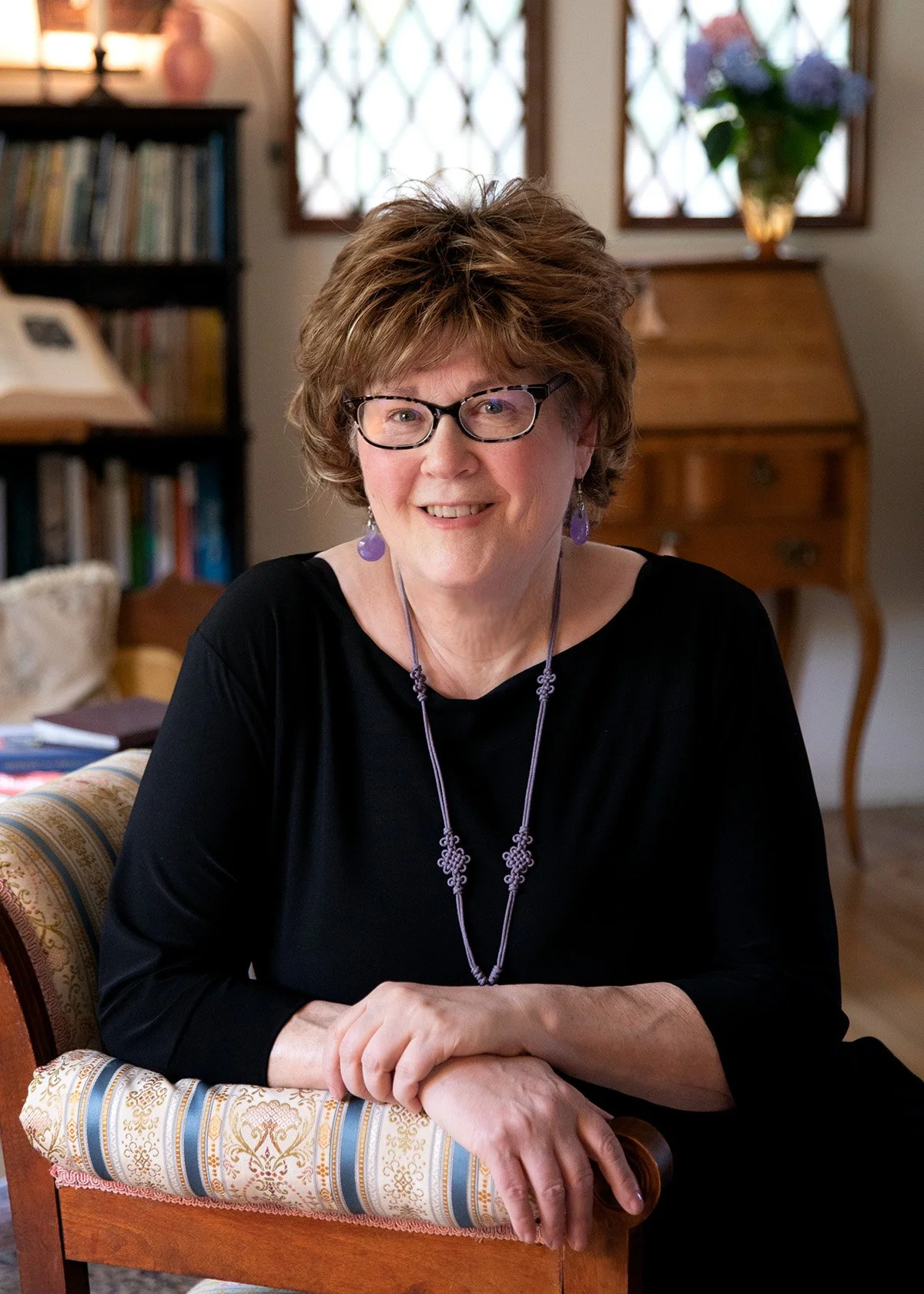Michelle Cameron
Author Interview - Michelle Cameron
Author of Napoleon's Mirage
In this sequel to Beyond the Ghetto Gates, more than a year has elapsed since the ghetto gates were destroyed and Ancona, Italy’s Jewish community liberated by Napoleon’s troops. Yet instead of feeling free, Mirelle is ostracized – by the community, her best friend, even her mother – and labeled a “ruined woman.” As her efforts to nurture her family’s legacy are thwarted, she realizes she might have lost her last chance at love.
Meanwhile Daniel, now a lieutenant in the French army, along with Christophe, the man responsible for Mirelle’s disgrace, set sail to an unknown destination with General Bonaparte’s forces. Napoleon and his men face a harsh and unforgiving landscape and new, implacable enemies, and Daniel’s faith and loyalty to the commander he once worshiped is put to the test.
Author Interview - Michelle Cameron
Author I draw inspiration from:
I have this great shirt that I purchased in Bath which says “This is what a Janite looks like.” I am, without a doubt, a tremendous fan of Jane Austen’s novels, though not necessarily the movies or mini-series. Despite enjoying them, I feel they rely far too much on romanticizing Austen’s work. Yes, marriage in Georgian England was a major theme for her, but it was her wit and social satire that really draws me to her. And no one writes more natural – and funny – dialogue for the time period.
As I reread her entire repertoire annually, I love nearly every book she’s written (with the exception of Northanger Abbey, which can irritate me). But, perhaps surprisingly, it’s Mansfield Park that I relate to the most, for reasons I’ll explain below in the question about which book character I’d be best friends with.
Author Interview - Michelle Cameron | Author I Draw Inspiration From
Favorite place to read a book:
I will read anywhere and anywhere, but I have a chair in my bedroom next to the windows which is my default spot to read. And in bed before going to sleep at night. But I’m one of those people who brings a book to the doctor’s office, to the café if I’m waiting for a friend, or just outside in good weather under a tree or next to the pool.
Book character I’d like to be stuck in an elevator with:
I’m an eclectic reader and of all these questions, this one took me the longest to figure out. In the end I came up with Nero Wolfe, Rex Stout’s vastly overweight detective, who solves a series of mysteries from the comfort of his Manhattan brownstone, reads copiously and discerningly, is served gourmet meals by his in-house chef, tends to a top-floor greenhouse filled with orchids, and is ably assisted by man-about-town Archie Goodwin, who Wolfe sends forth to gather clues.
(Mysteries are not even remotely my genre of choice, but the consistent worldbuilding in this series of novels makes them a huge comfort read for me.)
The scenario: There would not be a lot of space in the elevator, so I’d probably not have the pleasure of Archie traveling up with us. Because he would have been forced out of his home, Wolfe would undoubtedly complain most of the way. Would the elevator hold both our weights – with a completely unwarranted glance up and down my own body – and why was it moving so slowly? Even jerking? Would there be a large enough chair to contain his girth when we got there? And why couldn’t Archie handle this on his own?
In this Mary Sue indulgence, I can picture myself saying something off-hand that Wolfe would end up using to solve the mystery. But frankly, the mystery was never really the point of these novels for me. Instead, I’d love for him to realize I am one of the authors he admires, so that perhaps at the end of the elevator ride Nero would tip his hat, invite me to one of those gourmet dinners at the brownstone, and beg the pleasure of my autograph in the book he treasures on his office bookshelves.
And then Archie would take me out dancing – and magically, I’d be able to dance to his extremely high standards. Because I’ve got two left feet in real life.
Author Interview - Michelle Cameron | Book Character I’d Like to be Stuck in an Elevator With
The moment I knew I wanted to become an author:
When I was in the fourth grade, we were asked to write a story and illustrate it with cut construction paper. I wrote about what life would be like in the future. Clearly my inspiration stemmed from watching The Jetsons, and my story was full of flying cars and robot maids. I was immensely proud of the completed “book.” Yet my particular genre, historical fiction, crystalized when, as a young teen, I read Jean Plaidy/Victoria Holt, Anya Seton, Georgette Heyer, and especially Annemarie Selinko, whose Désirée was my introduction to a fictional Napoleon.
In fact, I was discussing one of my novels with a Jewish group whose rabbi was an old classmate. When introducing me, he surprised me by pulling out a high school yearbook, where I had noted that I wanted to become a historical novelist when I grew up. So clearly, the ambition to become an author came early – and I’m just glad to have achieved it.
Hardback, paperback, ebook or audiobook:
I generally wait for the paperback due to its lower cost and the fact that I can read them easily in bed. But of course, they fall apart much more easily than hardback books. I’ve tons of “repaired” paperbacks in my library, some with yellowed, peeling tape barely holding the pages together. I’ll buy hardbacks when I simply can’t wait to read more from the author, but they are always a struggle to prop up comfortably when lying in bed. I read ebooks when traveling – so much more convenient to carry on a train or plane. But I dislike not having the touch of the book in my hands and not knowing at a glance how much longer a book I’m enjoying will last. Audiobooks are still an unknown quantity for me, but I have readers who swear by them and who are disappointed that none of my novels – as yet – are available in that format. I hope to change that this coming year.
The last book I read:
I’m in the middle of researching and writing the next novel. During these periods I tend to avoid reading fiction so I don’t inadvertently borrow another author’s style. I am, of course, reading multiple nonfiction books, including The Time Traveler’s Guide to Elizabethan England by Ian Mortimer, which is chock full of terrific information about day-to-day life, James Shapiro’s Shakespeare and the Jews, and Dominic Green’s The Double Life of Doctor Lopez, a character who plays a peripheral role in my projected novel. Can you tell what I’m writing about based on these books?
Author Interview - Michelle Cameron | The Last Book I Read
Pen & paper or computer:
Without a doubt, I need a computer to write. My fingers on a keyboard are so much quicker than writing on the page and they can almost keep up with me when I’m “in the zone” and my characters are basically dictating where they want to go and what they want to say.
As for my writing process, I tend to start each day doing a light edit on what I wrote the day before. That will propel me into new work when I’m in the first draft stage. I’m fortunate to be working with a critique group which forces me – in the nicest way possible – to revise the chapter I plan on giving them several times, review their comments on what I’ve shared to decide which of their recommendations I want to incorporate, and then keep moving forward with the plot so I’ll have new material to share weekly.
Book character I think I’d be best friends with:
I could see myself being best friends with Fanny in Jane Austen’s Mansfield Park. Her shyness, diffidence, love of reading and books, her inability to deal with fraught social situations, and her anxiety to please, all remind me of a younger me. While I’ve grown past many of these personal traits (life will do that to you), I always feel close to Fanny and wish I could have helped her through some of the times she wasn’t sure what to do or how to feel. I’d especially have liked reassuring her that all of her opinions of her terrible Aunt Norris were absolutely correct!
If I weren’t an author, I’d be a:
When I was studying English Literature in college, I pictured myself becoming a professor in that field. I loved reading and studying the books and poetry. But life took me in a different direction, and it was many years before I could focus on my own writing, never mind the wondrous writing of others. I’m fortunate that, in addition to being an author, I teach creative writing to both younger writers and aspiring novelists, and I’ve managed to use my love of literature when I bring in samples of character, dialogue, setting, etc., to my classes and “play professor” as we deconstruct them together.
Favorite decade in fashion history:
As a fan of Jane Austen and a writer of two novels set in the Napoleonic period, what else could it be but the Regency or Empire era in fashion? Though it’s not the best silhouette for my personal figure, I love the simplicity of it: the flowing skirts, the high waists, the fans and gloves, and the low-heeled slippers. I’m especially a fan of the ornate hats!
Place I’d most like to travel:
I haven’t had the opportunity to travel to many of the locations that I’ve included in my novels – Rothenburg ob der Tauber in The Fruit of Her Hands, Iraq in Babylon, Egypt in Napoleon’s Mirage. Of course, I’d like to go to all of them someday (well, Iraq might prove problematic). But first and foremost, I would like to visit Ancona, Italy.
I set Beyond the Ghetto Gates in Ancona because it was the first place that Napoleon discovered the Jews were locked behind ghetto gates from sundown to sunrise each day. I had never heard of it before. While researching this harbor city, I discovered that, at the time, it was the world center of illuminated ketubah (Jewish marriage certificate) creation and also that there had been s a miracle portrait of the Virgin Mother in the mountaintop cathedral there. These two facts became critical literary devices for the novel. A good portion of Napoleon’s Mirage still takes place in Ancona, as Mirelle has to contend with her lost reputation and waits in vain to hear from the man she loves. Readers who have visited Ancona have told me that I did a good job of capturing what the city is like – but I still have not been and definitely want to.
My signature drink:
As I’m responding to this interview, I have a cup of coffee beside me. It’s how I start my day and I need at least two more during the course of the morning. While I do most of my writing at home, if I do go out to write elsewhere, it has to be a café where I know the coffee is made well. I stop drinking it by noon, since otherwise I can’t sleep. But as a morning person and writer, those three cups are the fuel I need to create.
Favorite artist:
I’m a huge fan of ekphrasis – books and poems written about works of art, such as Girl with the Pearl Earring, Tracy Chevalier's deep imagining of what Johannes Vermeer's 17th century Delft household must have been like. My husband, who worked in television and film as a lighting technician, is wont to rave about Vermeer’s spectacular use of light, and of course I agree. But I have other ekphrasis favorites, too, including Peter Brugel, whose The Fall of Icarus was featured in W. H. Auden’s poem, “Musee des Beaux Arts.”
But really, this is an unfair question, somewhat akin to asking who is your favorite child. Whenever I go to the Metropolitan Museum in New York, I seek out John Singer Sargent’s Madame X and can sit there for hours, captivated by her defiant stance. And there was the time when we were at the Prado Museum in Madrid, and I was struck by the detail of a work previously unknown to me, Market and Washing Place in Flanders, painted in collaboration by Jan Brueghel the Elder and Joost de Momper II. I was deeply moved by the intricacies of the painting and actually wrote a blog post about the experience. (https://michelle-cameron.com/2023/01/16/on-artwork-research-and-the-use-of-ekphrasis/)
Number one on my bucket list:
My mom grew up on a farm and would wax poetic about how much better corn tasted when her mother put a large pot of water on the stove. When it began boiling, she would send my mother out into the fields to pick just enough corn for the family, dropping them into the water. I’ve never had the pleasure of eating freshly picked corn and would love to taste why it’s so much better – possibly eating it under the northern lights some summer night, which is number two on my bucket list.
Anything else you'd like to add:
While Napoleon’s Mirage is a sequel to Beyond the Ghetto Gates, it can also be enjoyed as a stand-alone novel.
Find more from the author:
Facebook: https://www.facebook.com/michellecameronauthor
Instagram: https://www.instagram.com/michellecameronwriter/
About Michelle Cameron:
Author Interview - Michelle Cameron
MICHELLE CAMERON is the author of Jewish historical fiction, with her most recent being Napoleon’s Mirage, the sequel to Beyond the Ghetto Gates. Previous work includes: Babylon: A Novel of Jewish Captivity, a finalist in religious fiction in the 2024 Next Generation Indie Book Awards, the award-winning Beyond the Ghetto Gates and The Fruit of Her Hands: the story of Shira of Ashkenaz. She has also published a verse novel, In the Shadow of the Globe. Michelle is a director of The Writers Circle, a NJ-based creative writing program serving children, teens, and adults. She lives in Chatham, NJ, with her husband and has two grown sons of whom she is inordinately proud.
